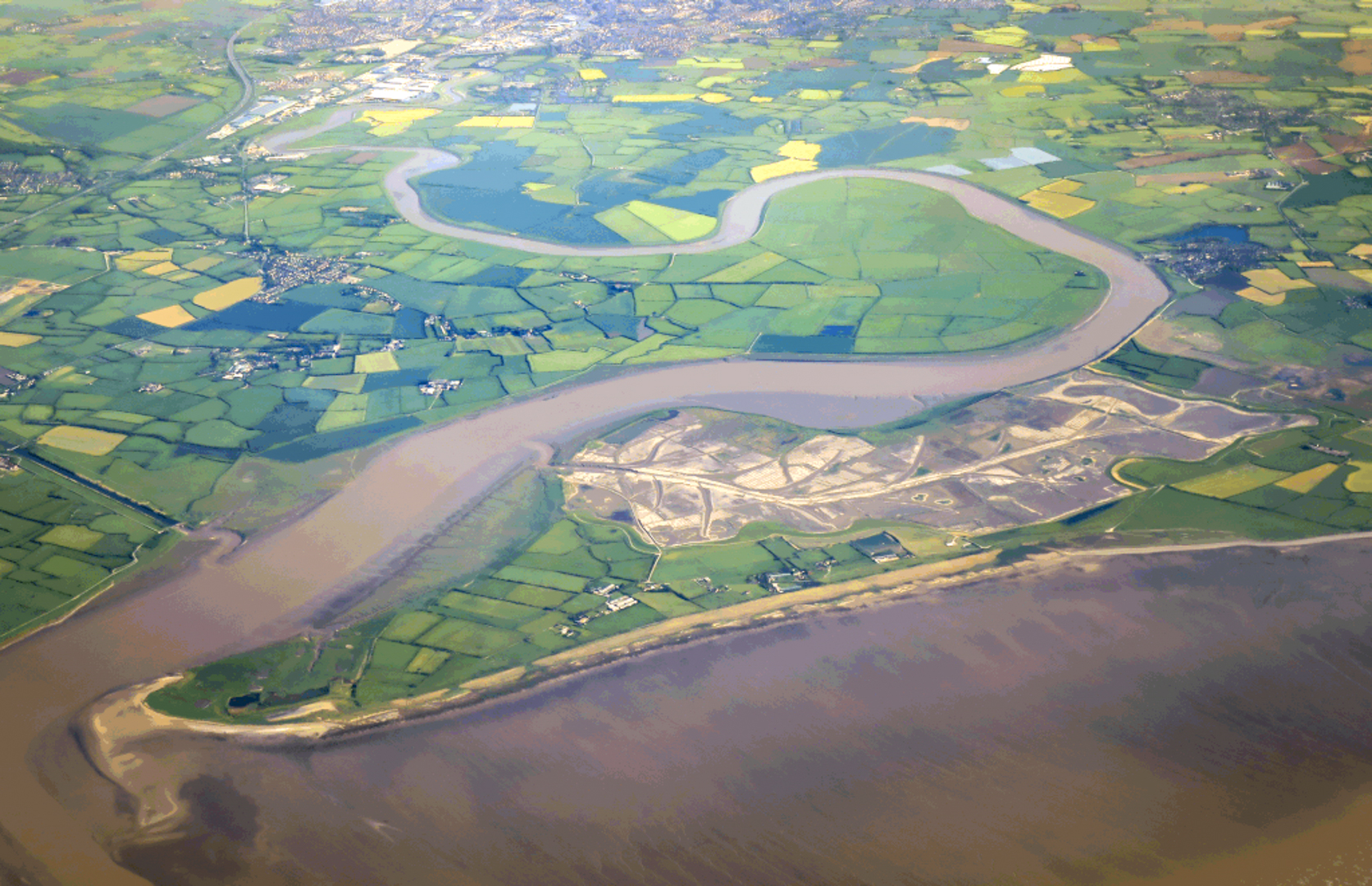Excerpt:
When a huge tract of land on the Somerset coast was deliberately flooded, the project was slammed as “ridiculous” by a local lawmaker. But the results have been transformative.
The rain has fallen for what feels like two years straight: in drizzles, in showers and, with troubling regularity, in downpours. The weather has always been Britain’s favorite topic of conversation. The clouds are familiar. Increasingly, though, they are also a threat.
In September, a month’s rain fell in a single day in some parts of England. The 18 months to March 2024 were England’s wettest in recorded history. Even on an island that has built at least part of its identity around tolerating inclement weather, it has been impossible to ignore the deluge. Flooding has submerged fields, ruined homes, and at times, cut off whole villages.
As sea levels rise and extreme weather becomes more common, experts say that Britain’s traditional defenses — sea walls, tidal barriers and sandbanks — will be insufficient to meet the threat. It is not alone: in September, deadly floods in Central Europe led to the deaths of at least 23 people.
But on a tendril of land curling out from the coast of Somerset, in southwestern England, a team of scientists, engineers and conservationists have embraced a radical solution.
In a project costing 20 million pounds (around $26 million), tidal waters were allowed to flood the Steart Peninsula in 2014 for the first time in centuries.
Rather than attempting to resist the sea, the land was given back to it. It was, in the words of Alys Laver, the conservationist who oversees the site, a “giant science experiment.”
A decade on, its results might offer a blueprint for how some parts of Britain — and the rest of the world — might adapt to the reality of climate change…









